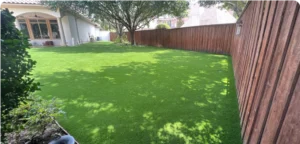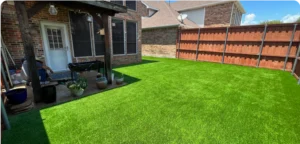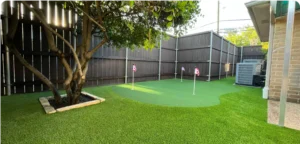When deciding between artificial turf and natural grass, homeowners often weigh aesthetics, maintenance, and long-term benefits. Each option has unique advantages, but understanding their differences can help you make an informed choice.
1. Maintenance Natural grass requires regular mowing, watering, fertilizing, and pest control to stay lush and green. In contrast, artificial turf is virtually maintenance-free, needing only occasional brushing and rinsing to keep it clean.
2. Durability Artificial turf can withstand heavy foot traffic, extreme weather, and pet activity without fading or wearing out. Natural grass, however, can become patchy and damaged in high-use areas.
3. Environmental Impact While natural grass absorbs carbon dioxide and supports local ecosystems, it requires water, pesticides, and fertilizers. Artificial turf saves water and eliminates the need for chemicals, but it’s made from synthetic materials.
4. Cost The upfront cost of artificial turf is higher than natural grass, but it pays off over time through reduced maintenance and water bills. Natural grass may seem cheaper initially but comes with ongoing expenses.
5. Aesthetic Appeal Artificial turf offers a consistently lush, green appearance year-round, regardless of weather conditions. Natural grass can be beautiful but may brown or thin out during droughts or cold seasons.
Conclusion Artificial turf emerges as a strong contender for those seeking a low-maintenance, durable, and evergreen lawn. However, natural grass remains a classic choice for homeowners who prioritize environmental benefits and a natural feel. The decision ultimately depends on your priorities and lifestyle.






